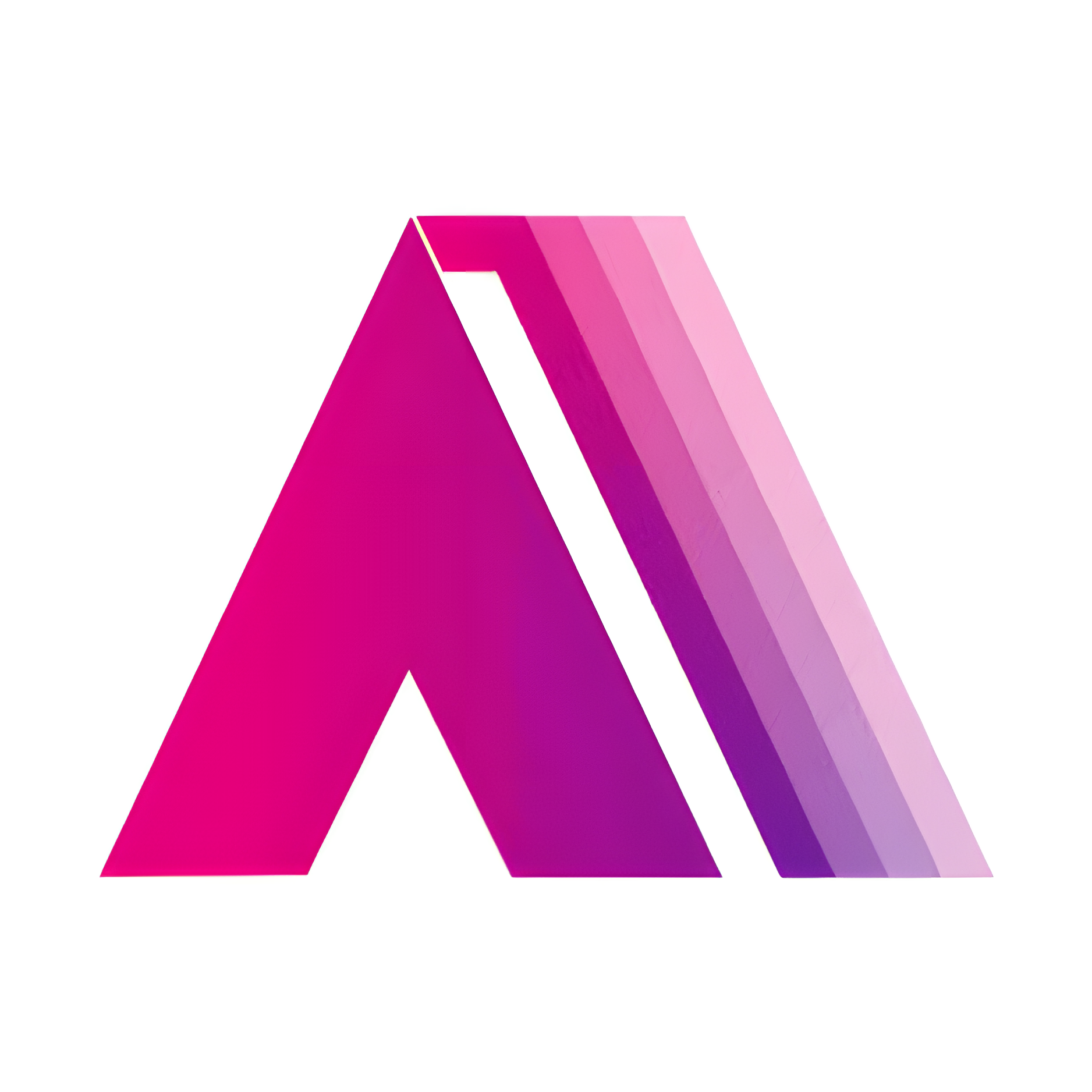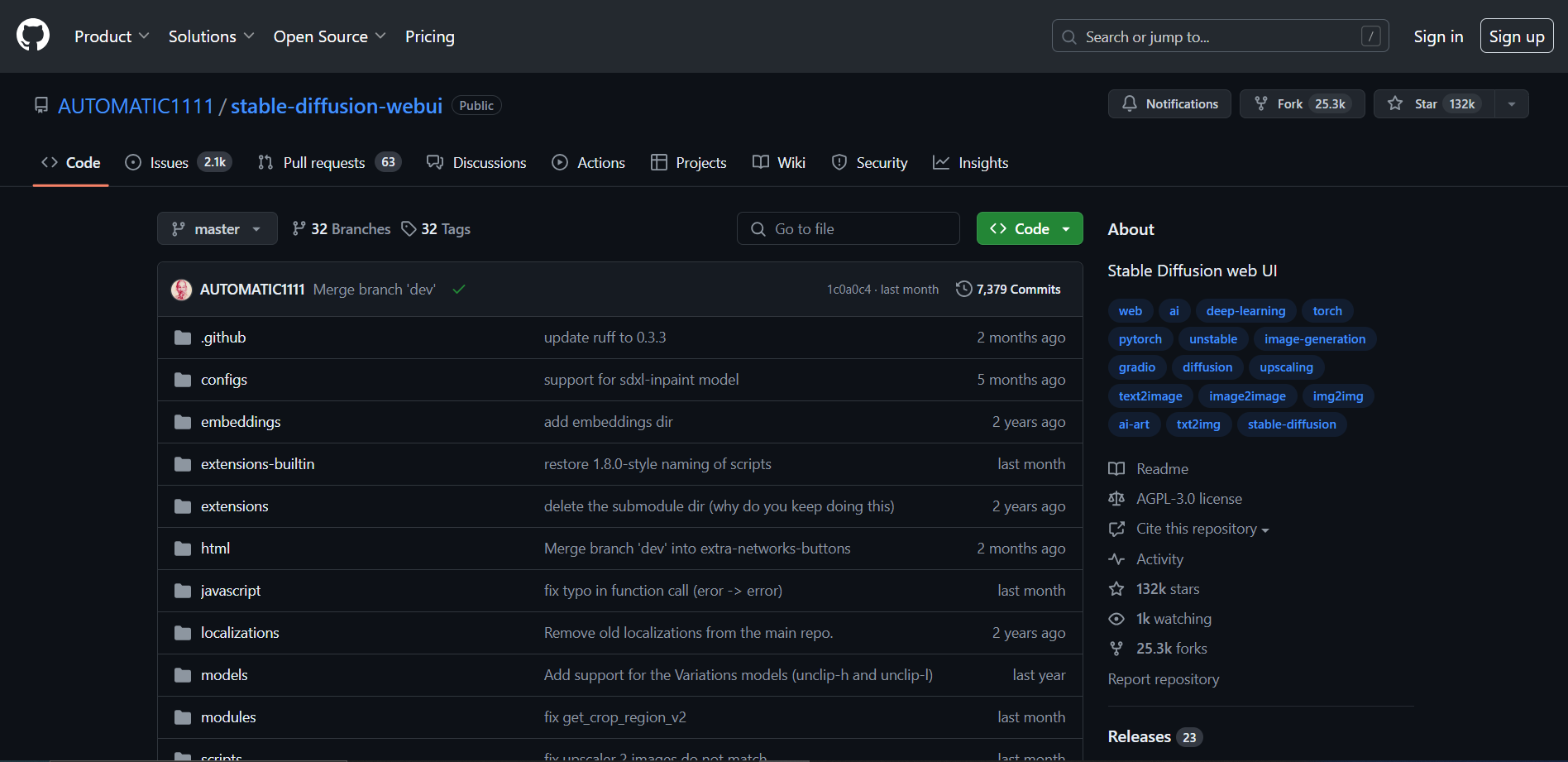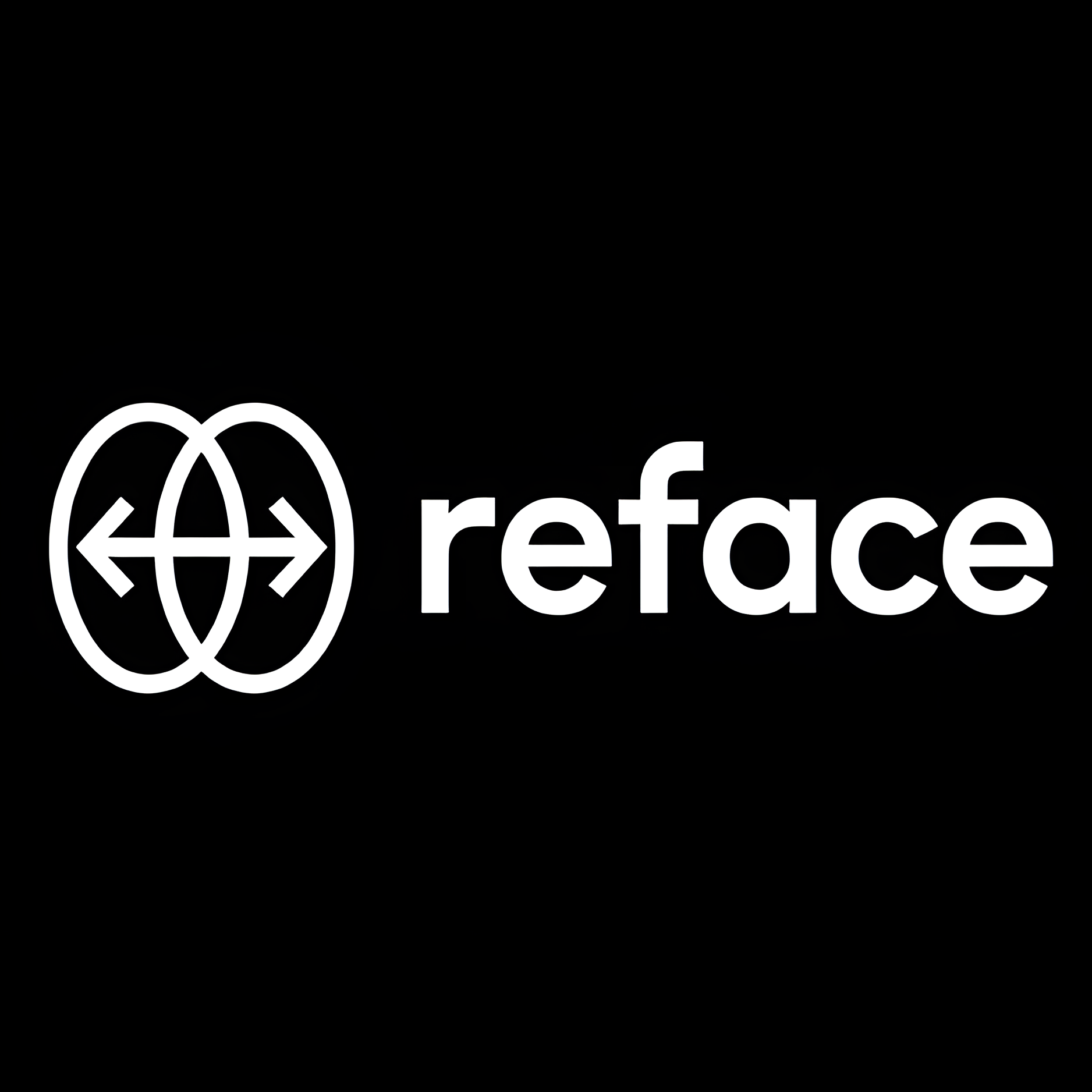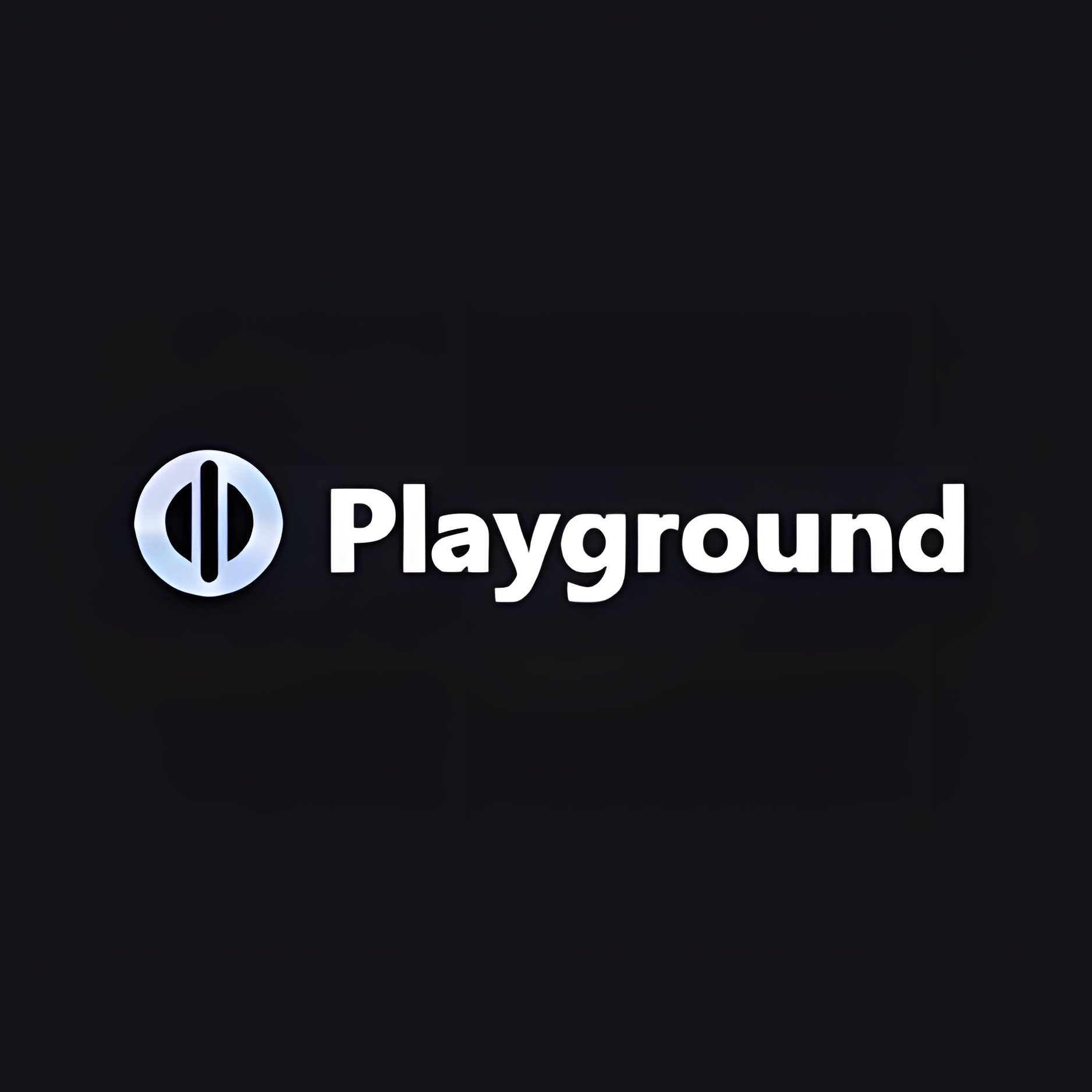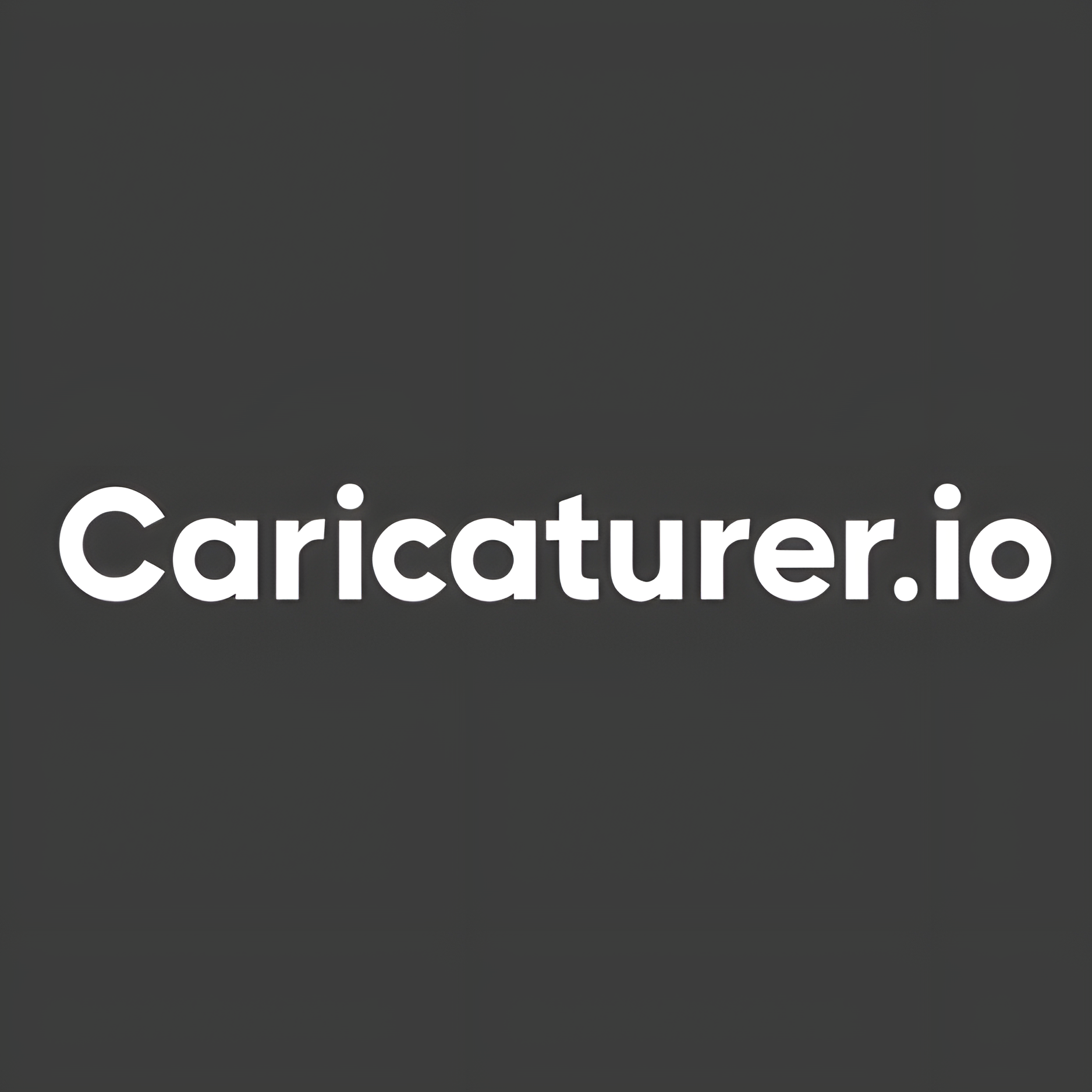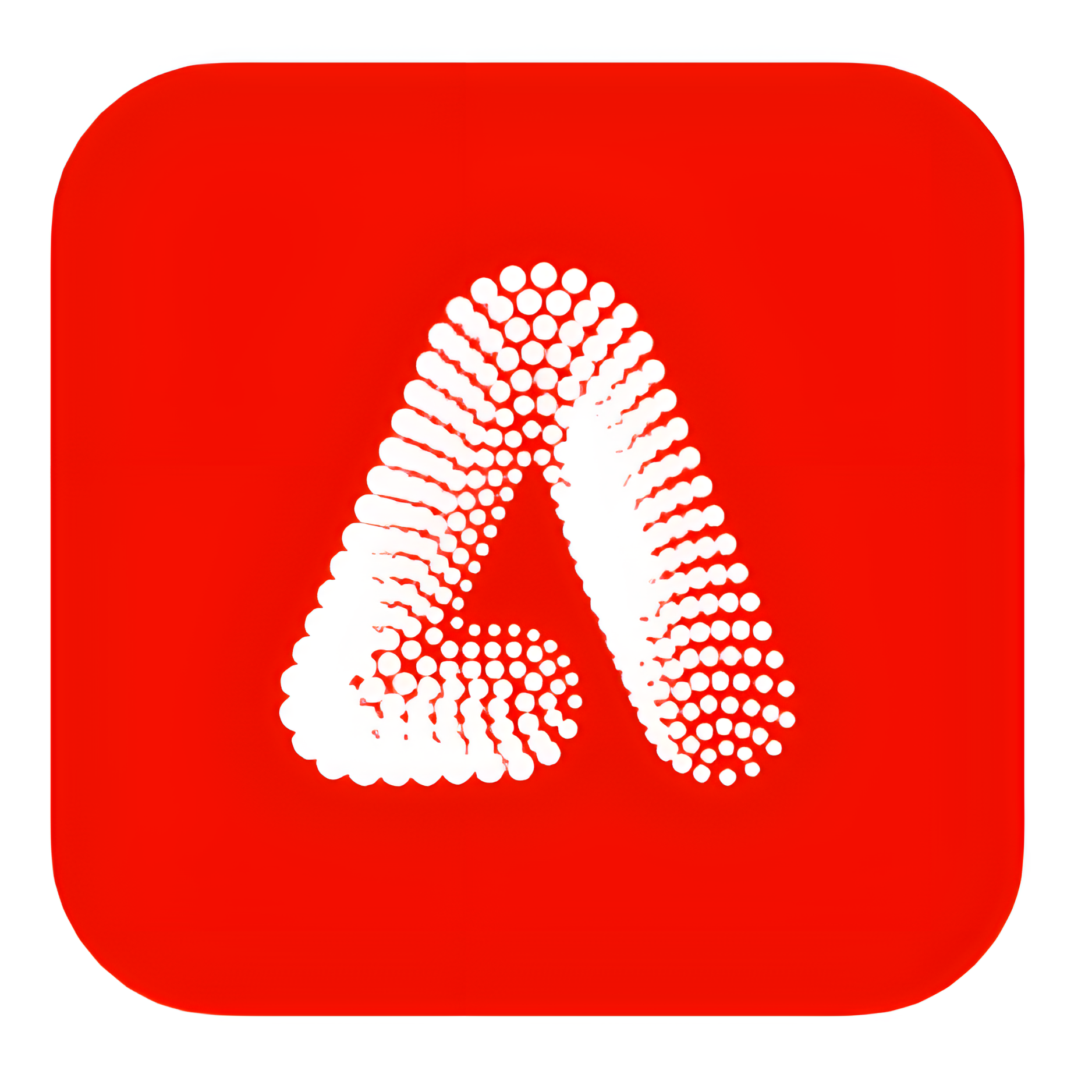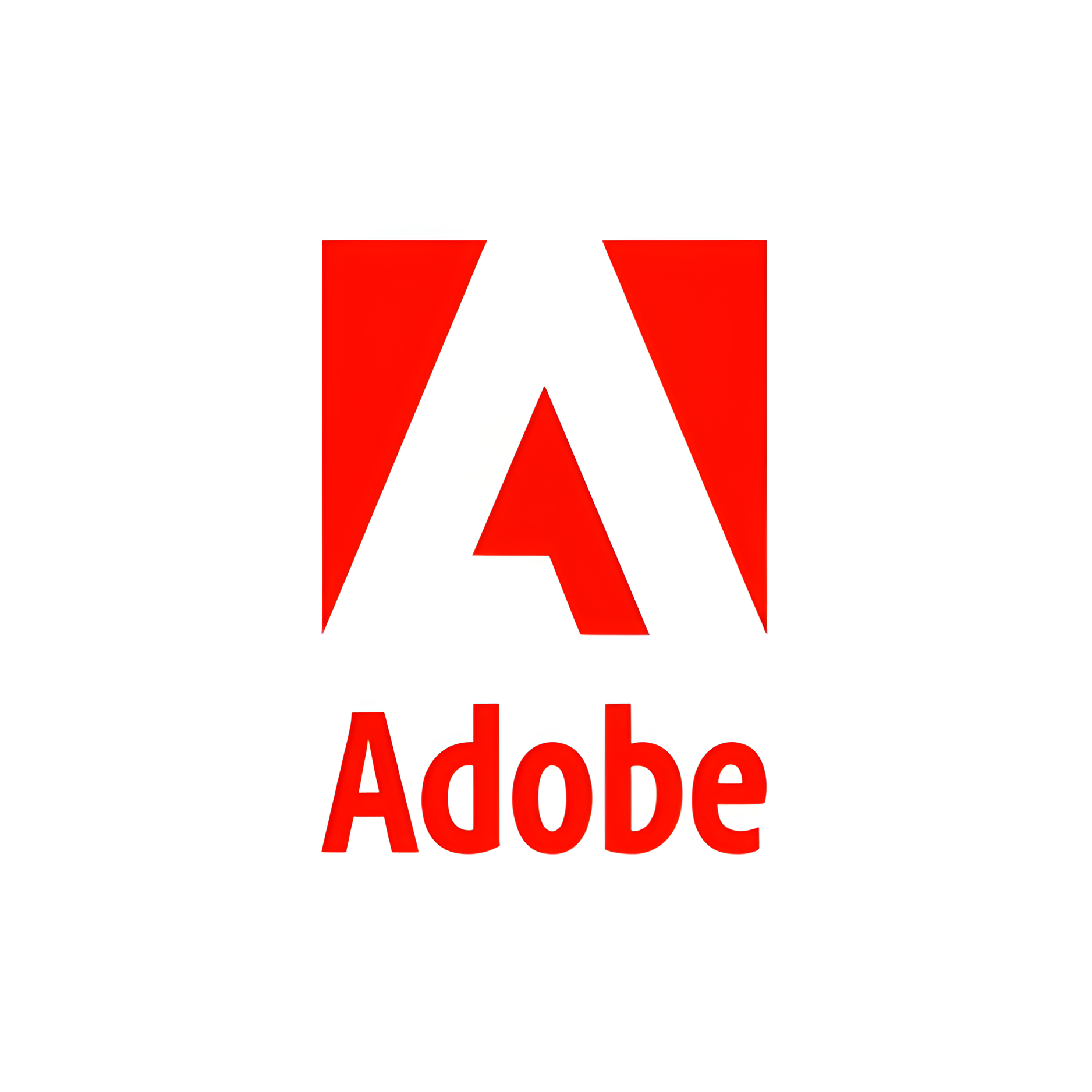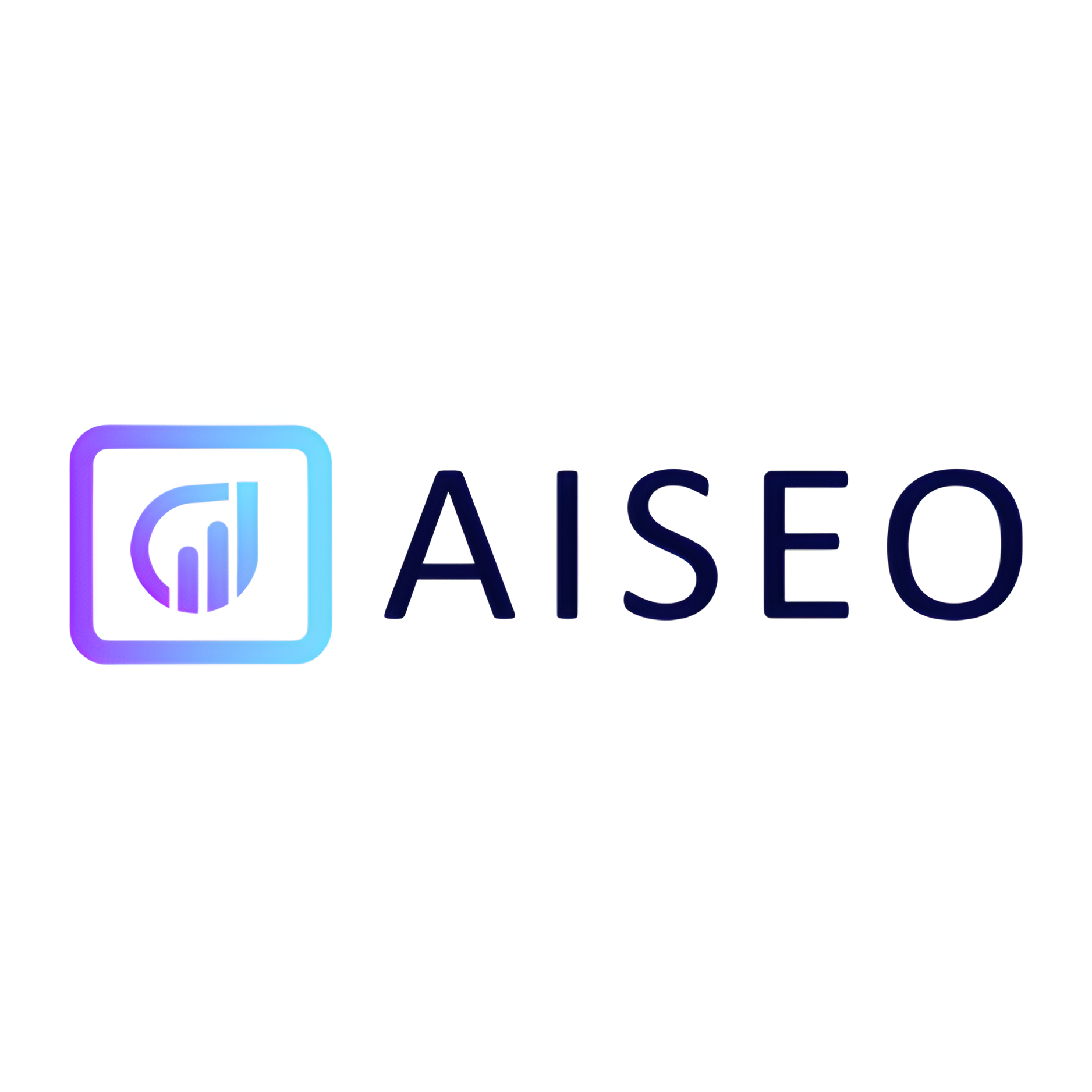Overview
The tool "Stable Diffusion WebUI" by AUTOMATIC1111 is a user-friendly interface designed to harness the capabilities of the Stable Diffusion model, a state-of-the-art text-to-image generation model. This open-source project simplifies the process of generating high-quality images from textual descriptions, making advanced AI accessible to a broader audience without the need for extensive technical expertise.
Stable Diffusion WebUI is built to run locally on a user's machine, ensuring privacy and control over the image generation process. It supports various features that enhance user experience, including customizable prompts, image upscaling, and the ability to fine-tune image styles and details. The tool also integrates seamlessly with multiple models, allowing users to experiment with different artistic styles and outputs.
This interface is particularly valuable for artists, designers, and creatives who seek to explore new avenues of visual expression through AI. It provides a platform for experimenting with digital art, offering users the tools to create unique and compelling images based on textual input. The community-driven aspect of the project encourages ongoing development and feature enhancements, making it a dynamic and evolving tool for creative exploration.
Key features
- Intuitive user interface: Provides a clean and easy-to-navigate interface, making digital art creation accessible for users of all skill levels.
- Advanced image generation: Utilizes state-of-the-art machine learning models to generate high-quality images from textual descriptions.
- Real-time previews: Offers the ability to preview images as they are being generated, allowing for immediate adjustments and refinements.
- Customizable settings: Includes various adjustable parameters to control the style, detail, and content of the generated images.
- Batch processing capability: Supports processing multiple image requests simultaneously, significantly speeding up the workflow.
- Community-driven development: Actively developed by a community of contributors, ensuring regular updates and new features.
 Pros
Pros
- Extensive format support: Supports a wide range of image formats, enabling users to work seamlessly with various file types.
- Plugin integration: Allows for the integration of third-party plugins, expanding the tool's functionality and customization options.
- Robust scalability: Designed to scale efficiently, whether running on a personal computer or in a cloud-based environment.
- Interactive tutorials: Includes step-by-step guides and tutorials, helping new users quickly learn how to use the tool effectively.
- Active user forums: Features a vibrant community forum for users to share tips, seek advice, and discuss digital art techniques.
 Cons
Cons
- Steep learning curve: New users may find the interface and options overwhelming, requiring time to learn and adapt.
- Resource intensive: The tool demands significant GPU and CPU resources, which might not be feasible for all users.
- Limited support: Being an open-source project, user support is primarily community-driven and might not be consistently reliable.
- Compatibility issues: May not work seamlessly across all operating systems or hardware configurations, leading to potential frustrations.
- Update inconsistencies: Frequent updates can introduce new bugs and may disrupt existing functionalities.

